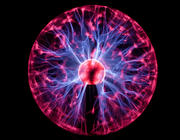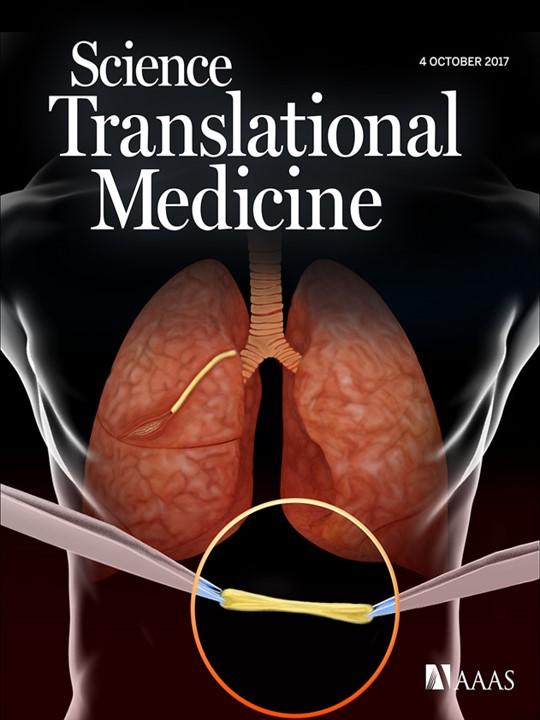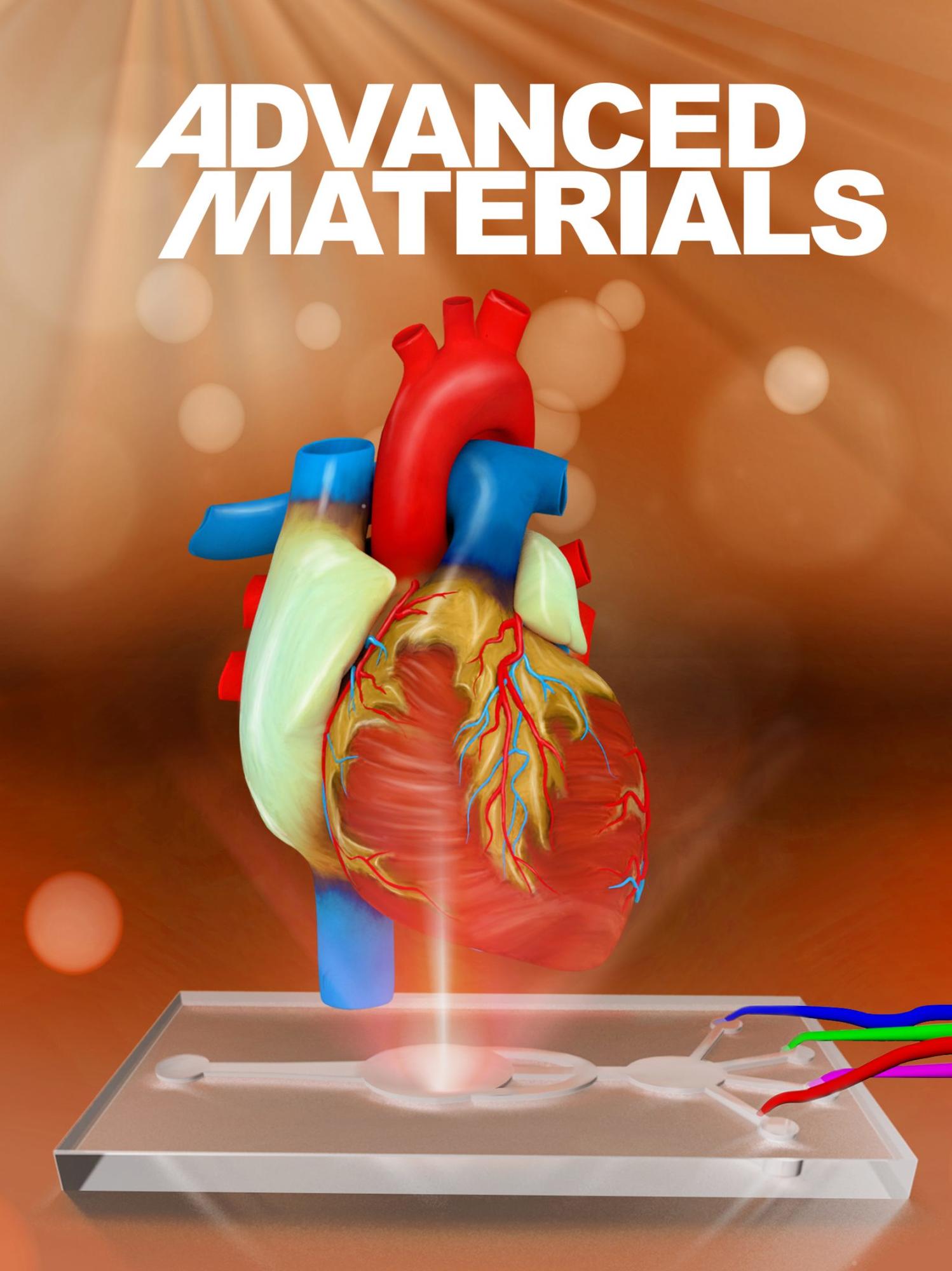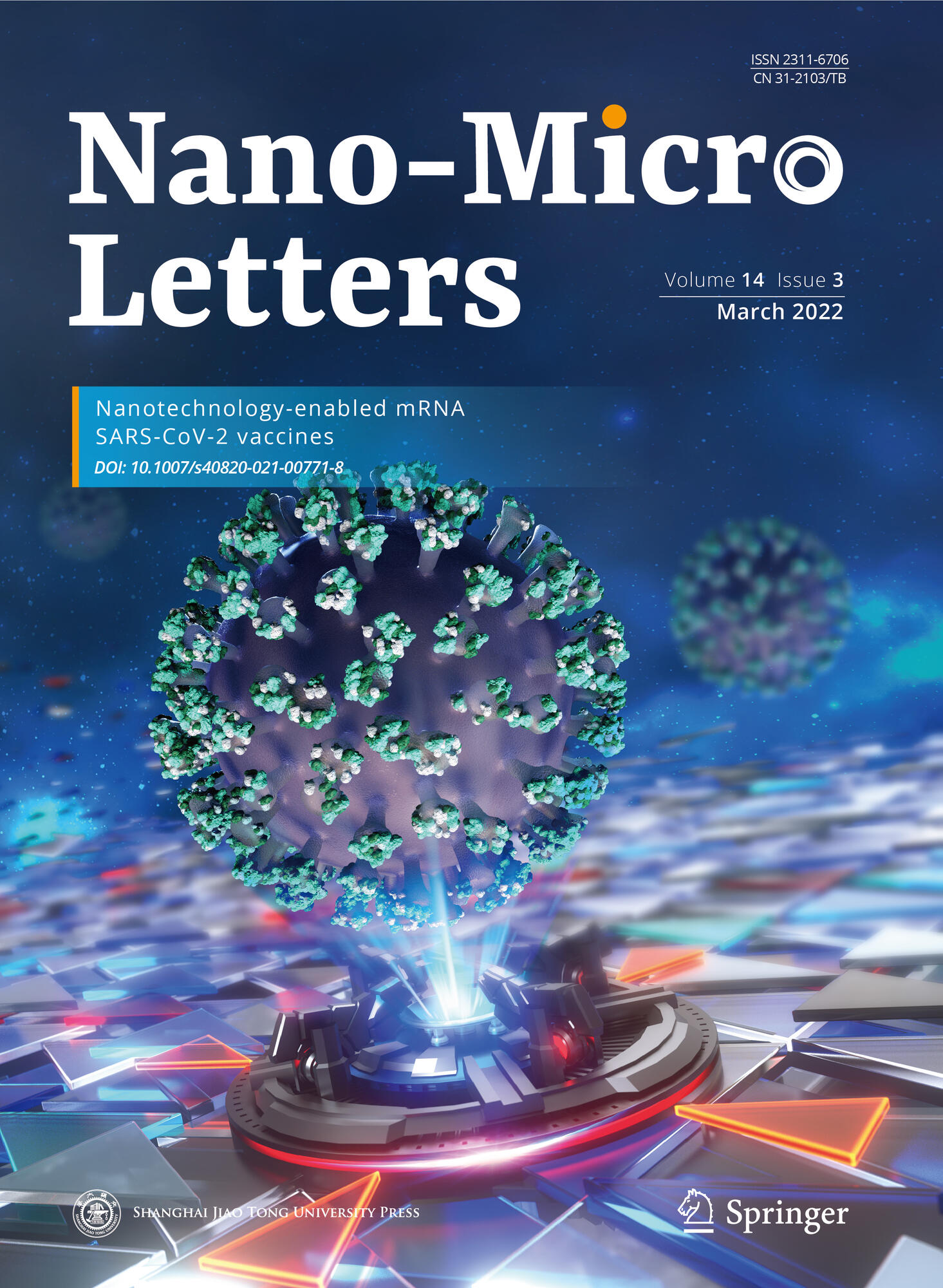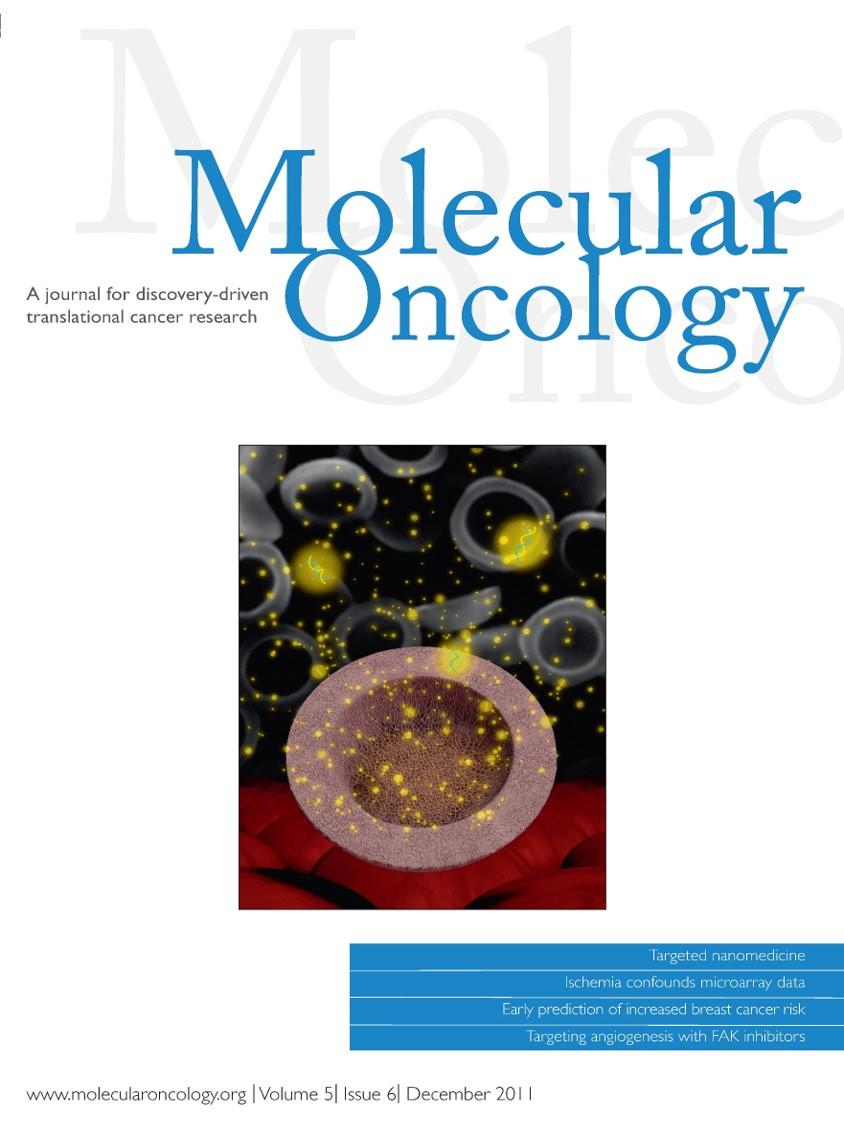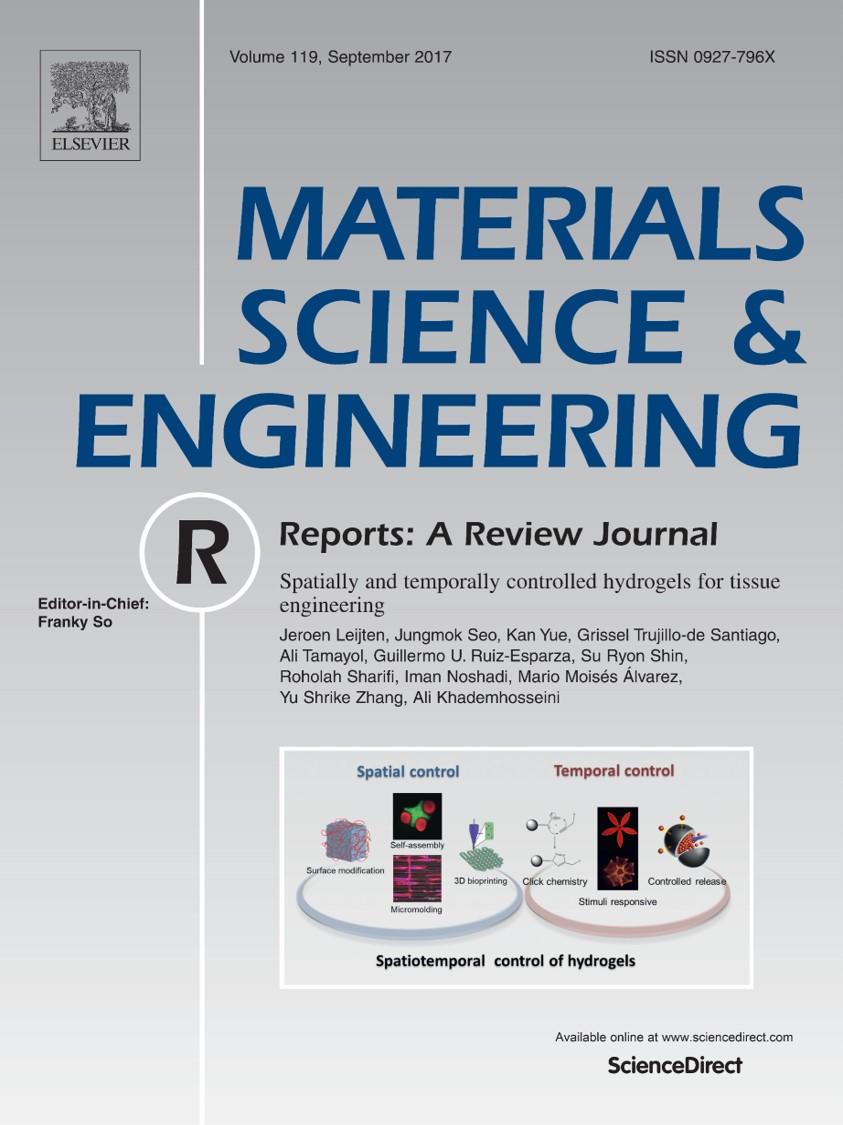Citation:
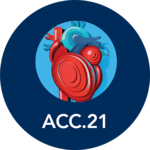
Abstract:
Background: With the increasing volume of cardiovascular surgeries and the adoption of new methodologies as a bridge to cardiac transplantation, the formation of postoperative intrapericardial adhesions limits future surgical procedures, causes serious complications, and increases medical costs. Currently, no technology specifically designed to prevent intrapericardial adhesions exists.
Methods: Rheological analysis of hydrogel compositions was performed by an AR-G2 rheometer. The injection force was quantified by a mechanical tester. The 1H-Nuclear Magnetic Resonance (NMR) analysis was tested to confirm the hydrogel components. The cytotoxicity and cell-material interaction of hydrogel compositions were evaluated with NIH 3T3 fibroblasts and mouse brain endothelial cells. Rabbit intrapericardial adhesions model was used to test the therapeutic efficacy of the hydrogel formulations in vivo.
Results: Mechanical characterization and hydrogel response to shear, strain, and recovery confirmed its shear-thinning and self-healing properties. This behavior allowed its facile injection and subsequent mechanical recovery. Dexamethasone hydrogel encapsulation and controlled release for 5 days was achieved. In vitro, biocompatibility and limited fibroblast adhesion to the hydrogel surface was observed, and its anti-inflammatory properties were confirmed. In vivo, after one week of administration to a rabbit model of intrapericardial injury, the hydrogel showed superior efficacy compared to a commercial adhesion barrier, as histological and immunohistochemical examination revealed reduced adhesion formation and minimal immune response. The echocardiographic assessment showed normal cardiac function after hydrogel administration.
Conclusion: We present a novel nanostructured hydrogel system with unique mechanical and biological properties that act synergistically to prevent cellular infiltration while providing local immunomodulation to protect the intrapericardial space after surgical intervention. This technology significantly reduces adhesion formation, resulting in a promising approach that could improve surgical cardiovascular outcomes.
